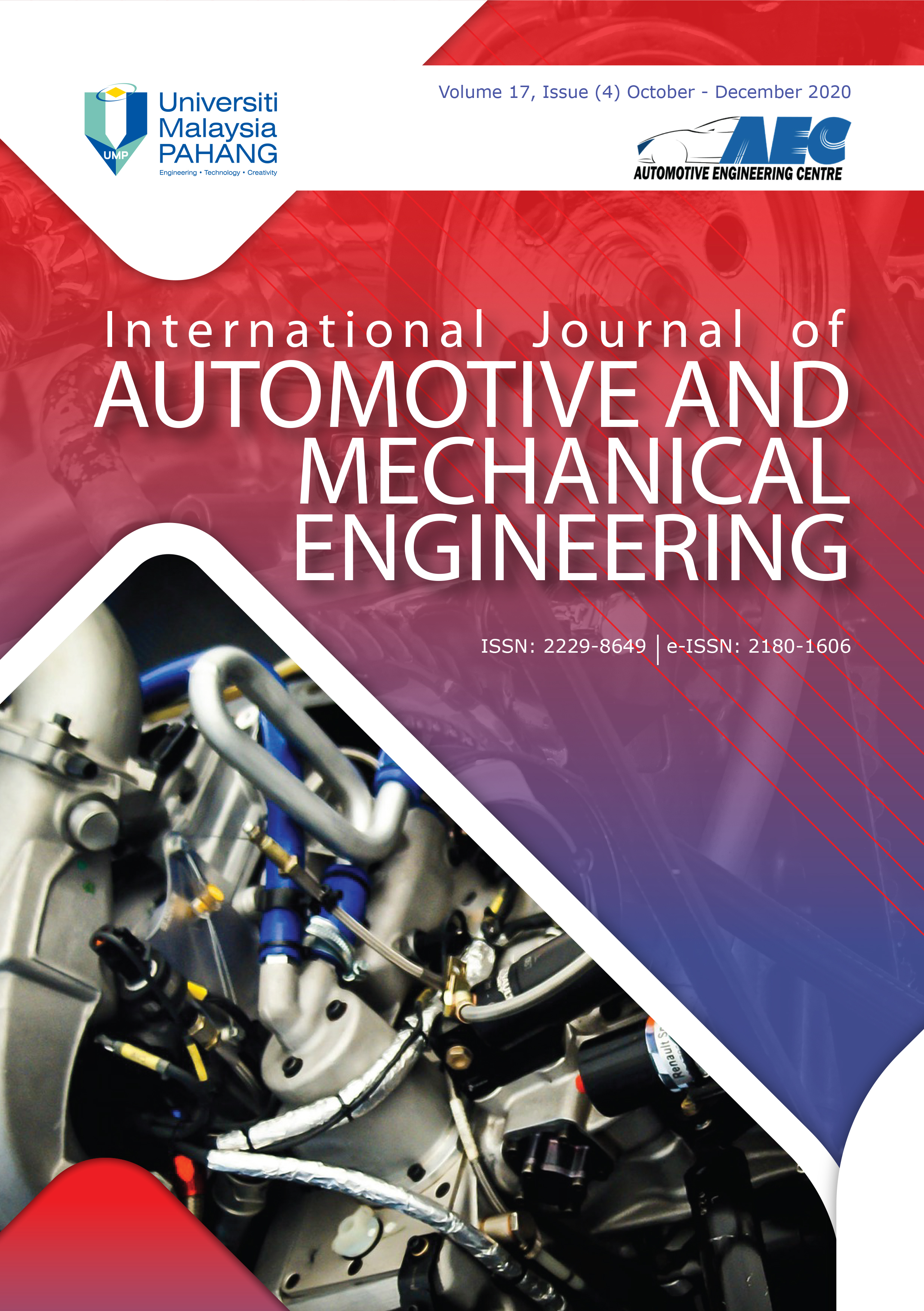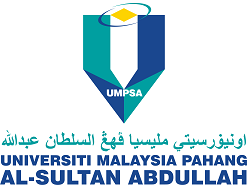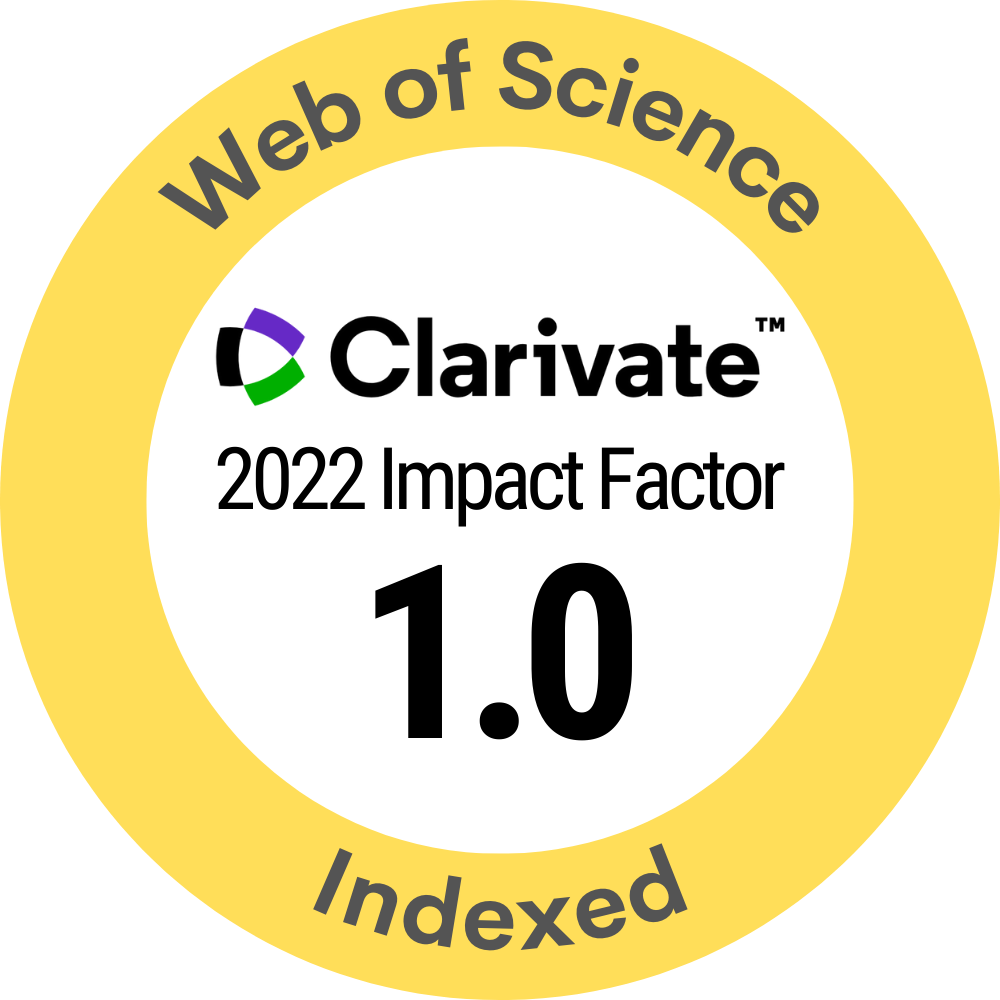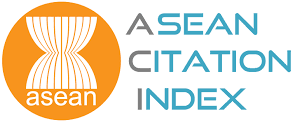Optimum Utilisation of CuO Nanofluid in Flat Plate Solar Collector
DOI:
https://doi.org/10.15282/ijame.17.4.2020.14.0634Keywords:
Nanofluid; Optimum concentration; Flat plate solar collector; Instantaneous efficiencyAbstract
The optimum utilisation of CuO-nanofluid in flat plate solar collector has been investigated under Malaysian climatic condition. To determine the optimum nanoparticle concentration required in the base fluid, a simulation was carried out using MATLAB program. From the simulation, it was found that, 0.5 vol.% of CuO nanoparticles in the base fluid yielded maximum collector efficiency. The test was conducted over six months following the ASHRAE standard with nanofluid in the flat plate collector to ascertain its efficiency. The maximum average solar radiation incident on the collector, collector outlet and ambient temperatures were observed about 1000 W/m2, 50 ºC and 38 ºC respectively. From the efficiency curve, the absorbed and removed energy parameters were found to be 0.501 and 24.23 respectively. At a mass flow rate of one litre per minute, the maximum average instantaneous efficiency was 51%. The result of experimental efficiency was compared with the result of simulation and the efficiency values were within 4% of each other. CuO nanofluid base collector increases the efficiency compared to water as the collector fluid. The experimental results revealed that the efficiency of FPSC with CuO nanofluid was 4.78% higher than water base collector at the same mass flow rate of 1 L/min. The uncertainty analysis of result has shown that instantaneous efficiency uncertainty was about 3.3%. The simulation result has indeed minimised number of experiments required to determine the optimum concentration of nanofluid for maximum efficiency.







